With a low mist hanging over the calm waters of the Baltic Sea, I boarded HMS Carlskrona, a Swedish Navy warship now operating under NATO command as part of Operation Baltic Sentry.
The air was cool and crisp, and the lack of wind made for a serene journey, though the hazy horizon added a touch of mystery to the scene. But there was nothing ambiguous about the mission. NATO forces were here to safeguard vital undersea infrastructure, monitor maritime traffic, and deter any potential sabotage.
Alongside 30 other journalists and photographers, I was given the opportunity to witness firsthand how NATO patrols these waters, monitors vessel movements, and coordinates a response across multiple domains.
From the ship’s bridge to the deck, where a helicopter was deployed as part of a drill, and finally to a fast-paced return trip aboard a CB90 assault craft, it was a day that showcased NATO’s readiness and resolve.
Watch my report from onboard below.
Carlskrona, one of Sweden’s largest warships, is a 105-metre-long vessel originally designed as a minelayer but now adapted for multi-role missions, including surveillance and reconnaissance. Its grey hull loomed large as we approached, blending seamlessly into the foggy waters. The ship’s design, with its distinctive tall superstructure, exuded both history and reliability, and inside, the atmosphere was one of calm efficiency.
As we explored the ship, officers explained how its advanced sensors and communication systems allow it to monitor maritime activity in real-time. From the bridge, I could see officers scanning large digital displays, tracking vessels as they moved through the region.
The goal was simple: spot anything unusual and investigate further. “We are constantly scanning for deviations,” one officer said. “If something looks out of place, we investigate and report it if necessary.”
Monitoring the Russian Shadow Fleet
One of the ship’s key tasks is tracking vessels associated with the “Russian shadow fleet”—a collection of civilian or auxiliary ships often linked to intelligence gathering or suspicious activities. During our time on the bridge, officers monitored ship movements and cross-referenced them with intelligence databases, looking for vessels displaying unusual behaviour.
Recent incidents involving undersea infrastructure have heightened tensions in the region, especially after the damage to a vital cable between Finland and Germany over the Christmas period. While some incidents have been deemed accidental, such as the one involving the vessel Vezhen, there remains concern about the possibility of deliberate sabotage.
I asked Commodore Arjen Warnaar, Commander of NATO’s Standing Naval Group 1 (SNMG1), whether NATO suspected a particular actor. His response was measured but revealing:
“NATO is not suspecting anything, right? NATO is not about suspecting. NATO is about acting,” Warnaar said. “We’re military, so obviously we listen to our political masters, and we will go and do what they want us to do. But if you’re talking suspicion, it’s all over the place, isn’t it? And that isn’t very strange, because all the ships that have been involved and have been dragging their anchors for miles and miles around the Baltic started from a Russian port or were going to a Russian port. Now that seems strange, but if you ask me who done it, I don’t know. I can tell you that, because I’m not sure.”
Real-Time Monitoring
The day was packed with activity. After embarking at 09:45 and attending a safety briefing, we were positioned on the bridge, where we listened to the ship broadcasting warnings to nearby vessels:
“This is NATO Warship P04 monitoring channel 6 and 16. To assist in this Maritime Security effort, please report immediately any observation of unusual maritime activity or behaviour.”
The announcement was calm yet authoritative, projecting confidence and serving as a reminder that NATO’s presence in the Baltic is constant.
Later, we moved to the deck to witness a helicopter sortie. The helicopter, part of the ship’s rapid-response capability, took off, circled the ship, and returned for a smooth landing. The exercise demonstrated the crew’s readiness to deploy search-and-rescue teams or boarding parties at short notice. The whir of the rotor blades and the salty sea air made for a powerful sensory experience as the helicopter took off once more into the haze.
A Multi-Domain Defence Network
When I asked Warnaar what types of assets NATO was deploying as part of Baltic Sentry, he highlighted the operation’s reliance on a combination of surface, subsurface, air, cyber, and space assets.
“Anything that will help our aims, reaches our aims,” he said. “So that is going to be within the cyber domain, within the maritime domain, but also within the air and the space domains. We’ll use anything that can help us.”
This approach ensures that NATO can monitor and respond to potential threats from above and below the surface, combining traditional maritime surveillance with satellite and cyber-based intelligence. As officers explained on the bridge, the idea is to form a “complete network” stretched over the Baltic, capable of detecting even subtle deviations in maritime traffic patterns.
Deterrence Through Visibility
One of the questions I had for Warnaar was how NATO measures the success of Baltic Sentry. He acknowledged that deterrence is difficult to quantify but compared it to police patrolling a high-crime neighbourhood.
“If in your neighbourhood there’s a lot of break-ins, what do the police do? They start patrolling. What usually happens? The number of break-ins reduces,” he said. “And that’s more or less what we’re doing, too, and that’s what NATO means when we’re talking about deterrence. We’re here. We’re visible. If anything happens, we react. And what we hope for is that that will reduce the number of incidents.”
Unmanned Systems
As the UK considers expanding its use of autonomous air, surface, and underwater vehicles as part of its ongoing defence review, I asked Warnaar whether NATO was also embracing such technologies for this operation.
“NATO is a very innovative alliance. We take what we can from all the different countries within NATO,” he said. “And for as far as I know, the UK is part of NATO. So if you are planning to innovate, obviously there’s going to be a benefit for NATO. What I can tell you is that they’re already using unmanned systems today.”
Although he did not provide further details, it was clear that unmanned systems are already enhancing NATO’s surveillance and defence capabilities in the region.
Stability Through Unity
The day aboard HMS Carlskrona highlighted the complexity of protecting vital infrastructure in the Baltic Sea. With Sweden and Finland now fully integrated into NATO’s defence structure, the alliance has enhanced its ability to deter and respond to threats in the region.
NATO’s presence is both a deterrent and a promise of action. For those who may be considering acts of sabotage, the message is simple: NATO is watching, and it is ready to respond.


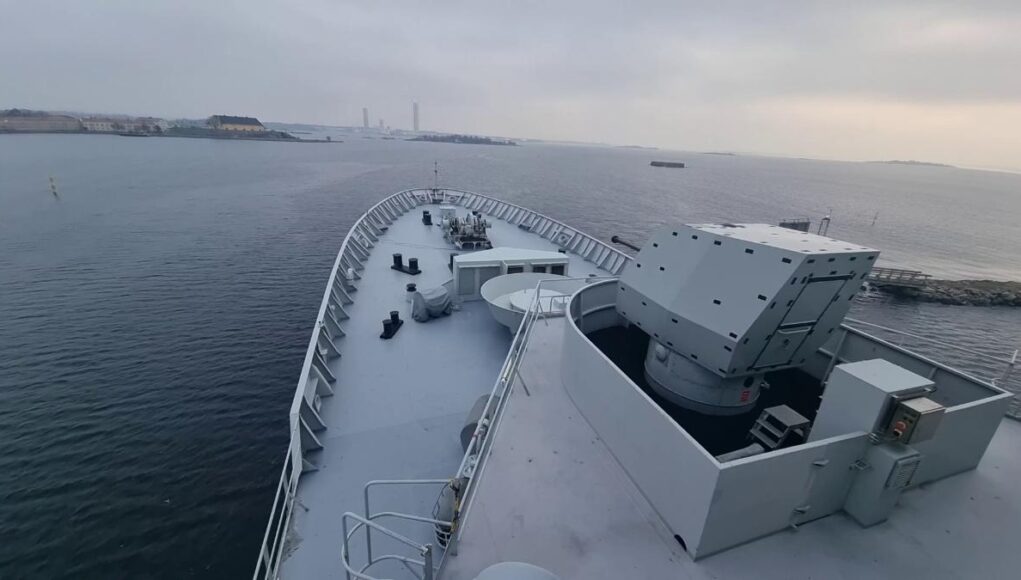







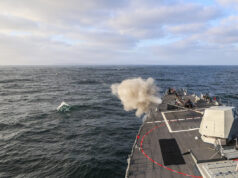
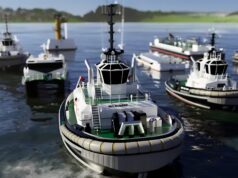

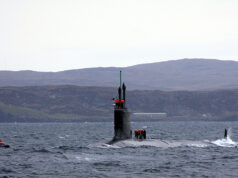
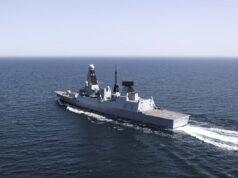

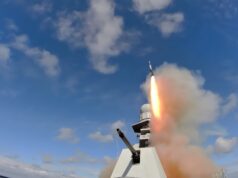
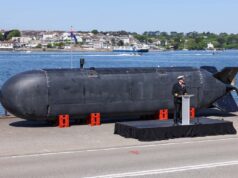
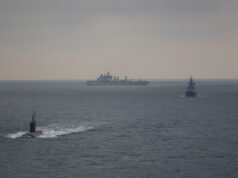

Slava Svenska 🇸🇪
#StrongerTogether
#WeAreNATO
#vpdfo
*on board (i.e it’s spelled as two words, unless being used as an adjective)